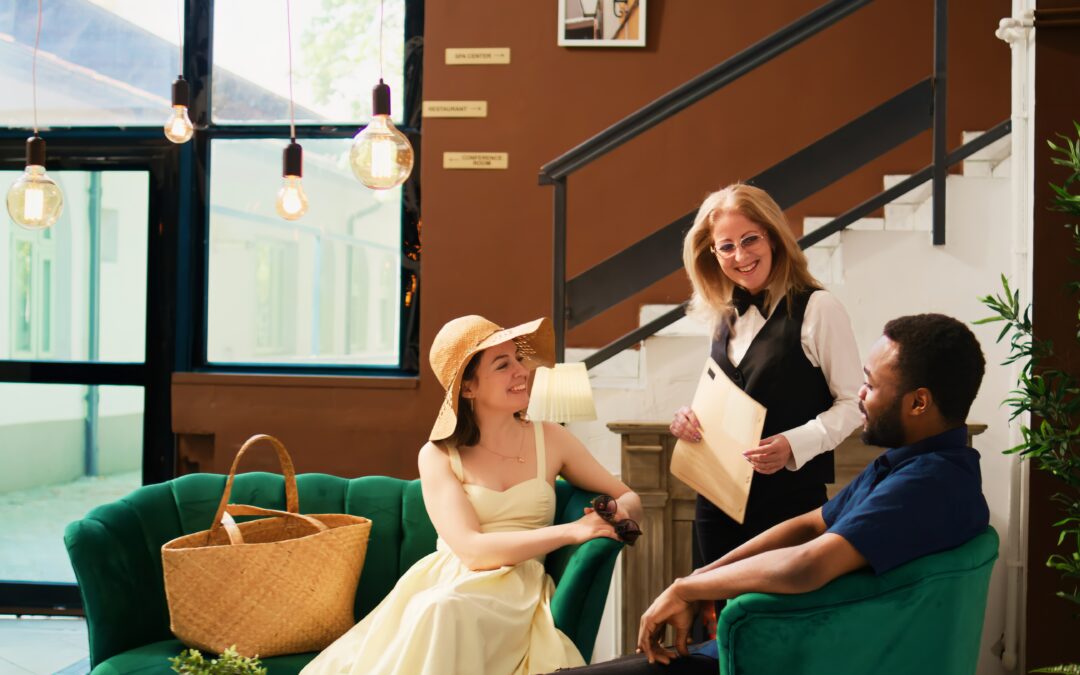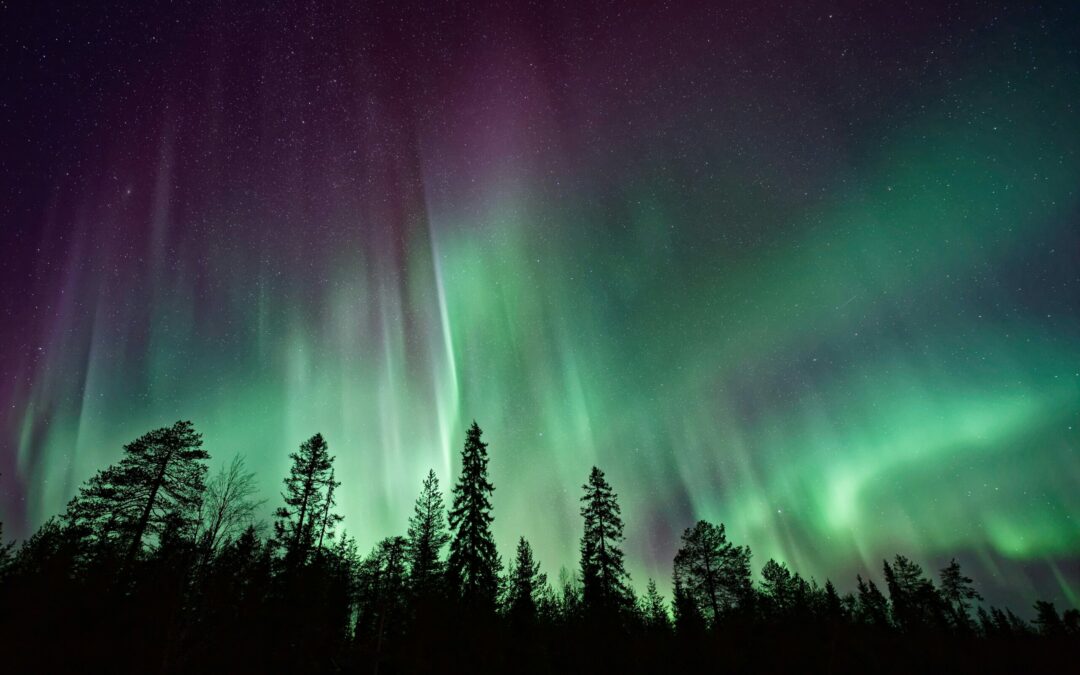
The river seemed to disappear behind the mountains and cliffs in front of us. As the boat steamed forward, it came dangerously close to scraping the rocks…only to be saved at the last moment when the mountain gave way to yet another gorge. It was unlike anything I had ever seen anywhere else in the world. And it was totally appropriate, since everything about this trip up the Yangtze River was new, exciting, and a little bit wild.
When it comes to the great rivers of the world, the Amazon and the Nile get all the good press. If you’re not a geography buff or haven’t been to China yet, you may not have even heard of the Yangtze River. But it’s time to stop and take a look. It’s the third longest in the world and arguably the most interesting to explore. It’s brimming with spectacular scenery, thousands of years of culture and history, some of the best food in the world, and one of the largest, most innovative –and controversial – hydroelectric projects in human history.
So when my wife’s family invited us to visit them in Hong Kong with a stop in Shanghai before taking a cruise up the Yangtze from Wuhan to Chongqing, you can bet we jumped at the chance.
Before we begin the story, let me make one thing clear upfront. If you ever take this trip, be forewarned that the word “cruise” probably doesn’t mean what you think it does in this context. You won’t be on an ocean-going ship stocked with caviar and lobster. There’s no rock wall to climb or wave pool to surf. And no, Kathy Lee will not provide the entertainment. This is a riverboat – so think small. You can almost touch both cabin walls at the same time by spreading your arms wide. The accommodations are nice, but “nice” in a country where a 500-year-old building is considered new is merely adequate by Western standards. If you’re OK with that, this trip is for you.
Cruising with the Current of the Yangtze, or Against It?
Deciding to travel upstream or downstream on the Yangtze is a big decision. Sure, you’ll still see a lot of the same sights either way you go, but they’re completely different trips in my opinion. Many people traveling downstream start with a visit to Beijing before embarking on the river from Chengdu of Chongqing. Upstream visitors start at the river delta near Shanghai where the Yangtze meets the East China Sea.
How are they different? The trip down the river is faster and usually you make fewer stops. You’ll also dock at nighttime. Upriver is a little more leisurely and you see a little more. If you only have a few days – or don’t like the idea of rocking back and forth while the boat travels at night – travel downstream.
We opted for the upstream adventure – partly because we were visiting Hong Kong first (a story for another post).
A Few Days in Shanghai and the Yangtze River Delta
If you travel upriver like I did, try to plan for a day or two in Shanghai and the nearby cities in the Yangtze River delta. Shanghai is as modern as it gets and was an excellent benchmark for how different China is depending on where you travel. It’s like New York City on steroids and seems to grow by leaps and bounds nearly every day. Turn your head for a second and it seems like another building has materialized out of nowhere.
 The Bund is a waterfront area centered on a section of Zhongshan Road along the banks of the Huangpu River. It’s a major tourist attraction in Shanghai and for good reason – it’s a hotbed of activity and one of the most unique mashups of architecture in the world. It was originally built as an international settlement for the British after the First Opium War in the nineteenth century. It then grew to include banks and trading houses for companies all over Europe and the United States. For that reason, you get a mix of old colonial buildings in the European style, traditional Chinese architecture, and huge modern skyscrapers adorned with neon lights. It’s a can’t-miss.
The Bund is a waterfront area centered on a section of Zhongshan Road along the banks of the Huangpu River. It’s a major tourist attraction in Shanghai and for good reason – it’s a hotbed of activity and one of the most unique mashups of architecture in the world. It was originally built as an international settlement for the British after the First Opium War in the nineteenth century. It then grew to include banks and trading houses for companies all over Europe and the United States. For that reason, you get a mix of old colonial buildings in the European style, traditional Chinese architecture, and huge modern skyscrapers adorned with neon lights. It’s a can’t-miss.
Before we jumped on the boat for the cruise, we also checked out Suzhou and Hangzhou, two cities within driving distance of Shanghai. Still touristy but a little less modern and glitzy than the big behemoth that is Shanghai.
Suzhou is popular for two reasons: silk and the Classical Gardens. I never thought I’d really care about how silk is made until we visited Suzhou No. 1 Silk Mill and were greeted in the lobby by a glass box showcasing little silk worms doing their thing. Fascinating and a little gross at the same time. The rest of the tour took us through how silk is made step-by-step, and ended – of course – in the gift shop.
Pro Tip #1: Avoid buying a $150-dollar Chinese silk tie that you’ll wear a grand total of two times.
Suzhou is also known for its Classical Gardens, a group of really beautiful and peaceful gardens replete with lily ponds and delicate arches. It’s a UNESCO World Heritage Site and worth a look if you’re there.
 After Suzhou we visited the city of Hangzhou, where you’ll find West Lake. It’s a huge freshwater lake divided by causeways and bridges. My favorite part of this visit was seeing the famed Broken Bridge. Depending on whom you ask in China, there are many different reasons behind the name of the bridge, from star-crossed lovers’ meetings to the way the snow melts faster on one half of the bridge than the other. From the middle of the bridge you can see the entire lake.
After Suzhou we visited the city of Hangzhou, where you’ll find West Lake. It’s a huge freshwater lake divided by causeways and bridges. My favorite part of this visit was seeing the famed Broken Bridge. Depending on whom you ask in China, there are many different reasons behind the name of the bridge, from star-crossed lovers’ meetings to the way the snow melts faster on one half of the bridge than the other. From the middle of the bridge you can see the entire lake.
Pro Tip #2: Watch your wallet here. As soon as we arrived we were surrounded by locals looking for easy pickings from unaware tourists. One member of our group was pickpocketed.
Wuhan and the Yellow Crane Tower
River cruises start in a variety of different cities along the Yangtze depending on which operator you book with. Ours began in Wuhan, a short flight from Shanghai. We had some time to explore the city, including the Yellow Crane Tower. It’s known as one of the Four Great Towers of China and it’s been around in different iterations since AD 223. As you can imagine there are plenty of legends about its origins. From the top of the tower you get a great view of the city and Yangtze River. If you can make the nearly 1-mile hike from the banks of the river and handle the steps, the view is worth it.
Pro Tip #3: Wuhan is known as one of the “Three Furnaces” of China – one of the cities that is extremely hot and humid during the summer. I’m not kidding you—it was HOT and unpleasant. Avoid going here in August if you can.
We’re Finally on the Boat!
And it wasn’t exactly what I was expecting. It’s big but a little dark inside. There’s a bar in the middle and a dining room called “The Jade Ballroom” at the bow. Our standard cabin is tiny with two single beds along the walls, and one of those bathrooms that doubles as a shower – just pull the shower curtain around the toilet and voilà! – it’s a shower. Overall, it’s comfortable and the staff is very accommodating, so we’re more than happy.
Pro Tip #4: If you’re planning to sleep in, you may be in for a shock. At 6:15 a.m. the ship stewardess made an announcement about breakfast being served in The Jade Ballroom, followed by the sound of hundreds of hungry tourists scurrying to a delicious meal.
Yichang and the Three Gorges Dam Site
After a quick stop in Yichang for lunch and some sightseeing, we were back on the boat and headed upstream to the Three Gorges Dam.
Let me tell you, this thing is impressively large and powerful. It’s the world’s largest power station, and building it forever changed the composition of the Yangtze River and the lives of the people living along its banks. Once it was completed, the water level rose to a maximum of 574 feet, which is more than 350 feet higher than it is downstream. As you can imagine, many of the cities and historic sites along the banks of the river were completely wiped out when the dam was completed – the price of progress. We took a guided tour of the dam and the power station to learn about how it worked and the power generation and flood-control benefits it provides China.
Pro Tip #5: Going through the ship locks near the dam is really cool – don’t miss it. Make sure you get a good spot on the deck of the boat. If you have a camera with time-lapse capabilities, this would be a good time to use it.
Navigating the Three Gorges
After the dam, we entered the Three Gorges territory – a 120-mile stretch of the river surrounded by mountains and cliffs on either side. Seeing the gorges is the reason most people take the trip. I have to say that the scenery is spectacular and the picture-taking opportunities were phenomenal. I have framed pictures (that I took) of the Wu Gorge and The Broken Bridge hanging in my den.
If you’re headed upstream, you’ll see the Xiling Gorge first, followed by the Wu Gorge, and Qutang Gorge – obviously vice-versa if you’re coming downstream.
The Qutang has my favorite. It’s the shortest at about five miles long and also the narrowest – at some points you feel like the boat may not even fit between the mountains, which shoot up as high as 4,000 feet next to you. Since the Qutang is so short, your captain will likely make an announcement to get on deck so you don’t miss it – ours did.
Pro Tip #6: You’ll get a good view of the gorges no matter where you stand on deck, but my personal preference was to be as close to the center on the bow of the boat. This way, you get to see the mountains coming right at you.
The Shennong Stream and the Hanging Coffins
Your itinerary will likely include excursions to different towns and historical sites. One of the best on the trip was the trip up the Shennong Stream in a boat a little bigger than a canoe. The stream is bordered by tall limestone cliffs dotted with trees teeming with wild monkeys. And hanging high among the cliffs are the famous “hanging coffins” of the Bo people – a small minority population nearly wiped out during the Ming dynasty.
It’s remarkable to think that 2,500 years ago, without the help of modern machinery, the Bo were able to “bury” their dead some 400 feet off the ground – suspended by wooden logs drilled into the side of the cliff face. Truly a labor of love and respect for their ancestors, this ritual was performed to bring the dead closer to god and protect the bodies from being taken by animals.
Pro Tip #7: If you take this excursion, bring a little cash with you. Kids from nearby villages will swim up to your boat with trinkets to buy. They’re unique, small gifts – with a great story – to bring home to your relatives. And it’s a nice way to support the local economy.
Chongqing, Hot Pot, and the Magical Face-Changing Opera
After over a week on the river, we disembarked from our boat for the last time deep in the heart of the Sichuan province in the city of Chongqing. If you’ve ever had Sichuan food in the United States, you know the cuisine is all about spice. But I’ve never had anything quite as spicy as the hot pot in Chongqing. Hot pot is a bubbling cauldron of sauce and broth accompanied by raw meats and vegetables. You cook the food in the pot to your liking and enjoy the meal family-style around a big round table.
Pro Tip #8: As for a variation of the hot pot only found in Chongqing called má là – which translates to “numb and spicy.” It includes the Sichuan pepper, which isn’t like black pepper back home. It creates a tingling numb feeling in your mouth that helps regulate the other spices you’re about to experience.
After you get your face melted off at the hot pot, check out the magical face-changing opera called Biàn Liǎn in Chongqing. Although I didn’t understand much of the story, since it was in Mandarin, the performance is incredible. The actors wear brightly colored masks that they change instantaneously with the flick of their heads or a wave of their hands. It’s impossible to see how they do it. Consider this: It’s so amazing that a famous Chinese pop star offered to pay one of the opera masters $3,000,000 yuan (about US $360,000) to learn the secret about 10 years ago.
Back Home Again
Like many of the famous stories about river journeys throughout history and in literature, the physical journey up the Yangtze River was a spiritual journey as well for me. It took me to a time and place completely foreign, where the pace of life and priorities are different. Getting on the flight from Chongqing back to Hong Kong and then the United States was a bit like waking from a dream. I still stop and think, “did that really happen?” and reflect on how the journey changed me. It’s made me a better and more adventurous traveler. And beyond that, it kept me open to new ideas and experiences in all parts of life.
Do you have your own trip on the Yangtze River in your future?
Related Posts


Incredible Hotels Around the World: Destinations Unto Themselves

Astro Tourism: The Wellness Vacation You Didn’t Know You Needed
When it comes to travel these days, the sky isn’t just the limit– it’s the goal. Travelers are venturing far and wide for prime viewing of eclipses, meteor showers, and the northern lights. A travel trend referred to as astro tourism, planning a vacation around the...